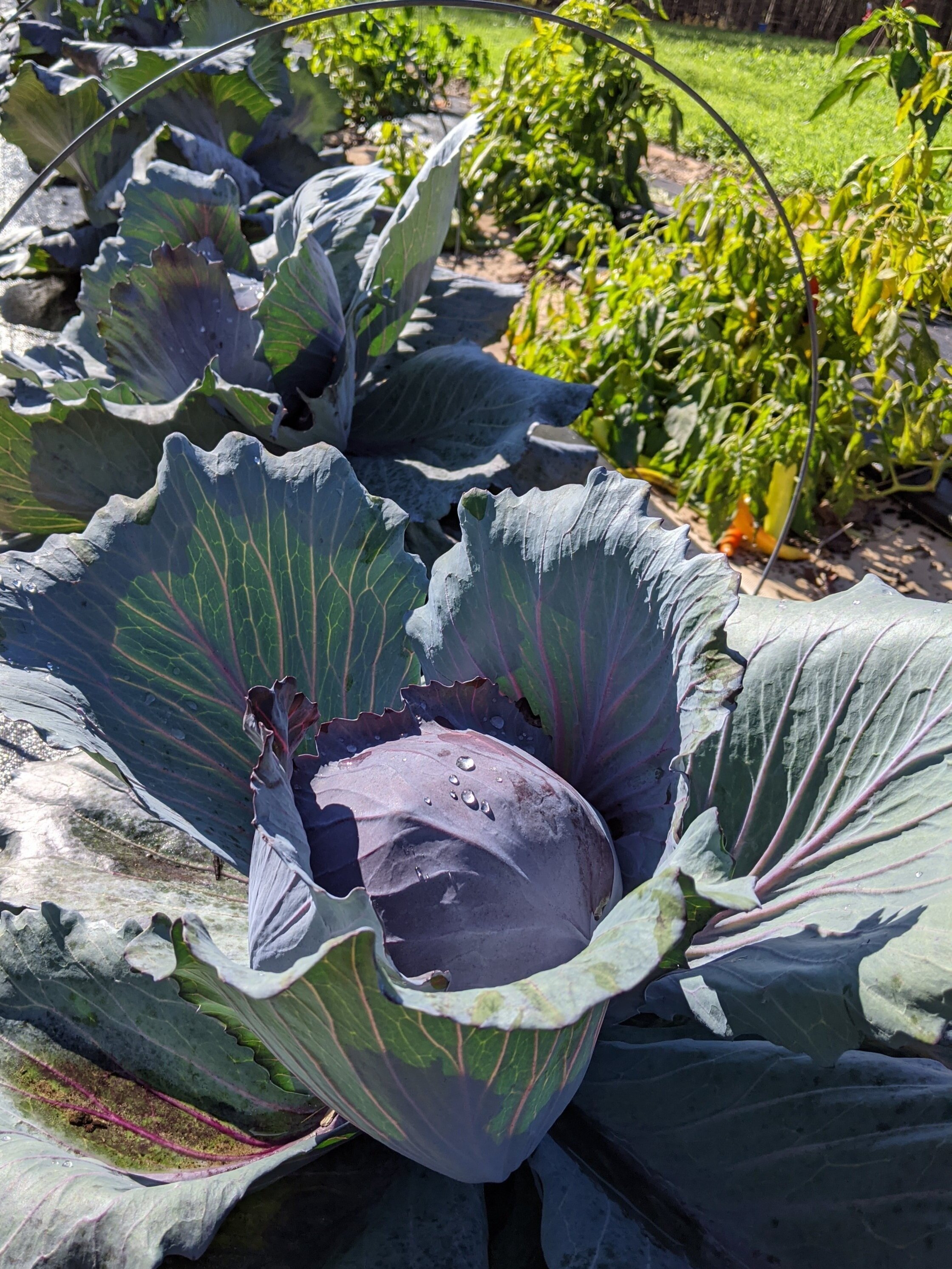DISCLOSURE: THIS POST MAY CONTAIN AFFILIATE LINKS, WHICH MEANS I MAY EARN A COMMISSION IF YOU CLICK A LINK AND MAKE A PURCHASE. FEEL FREE TO CHECK OUT MY DISCLOSURE POLICY FOR MORE DETAILS.
We’re so excited to offer our first produce packages ready for sale! We’ve worked hard to grow tasty, nutritious veggies, and it feels good to know we’re feeding other folks wholesome food.
How We Do
All of our produce is raised organically with permaculture principles. Here’s what that looks like:
Instead of spraying our crops, we keep them covered with insect netting so cabbage loopers and other creepy crawlies can’t attack them. Also, we eliminate weeds between rows by laying down repurposed conveyor belts.
Once the produce gets to be a healthy size, we remove the insect netting in order to let our plants stretch out (and so we can take a closer look at our beauties!).
Regenerative Agriculture
After we harvest this produce, we’ll plant cover crop, which includes peas, vetch, daikon radish, and other cool stuff, which will pull nitrogen into the soil and make the land even more nutrient-dense for our planting next Spring. We believe it’s not enough to be sustainable. Our pursuit of regenerative agriculture means that we continually strive to leave the land healthier than we found it. Future generations depend on our success.







